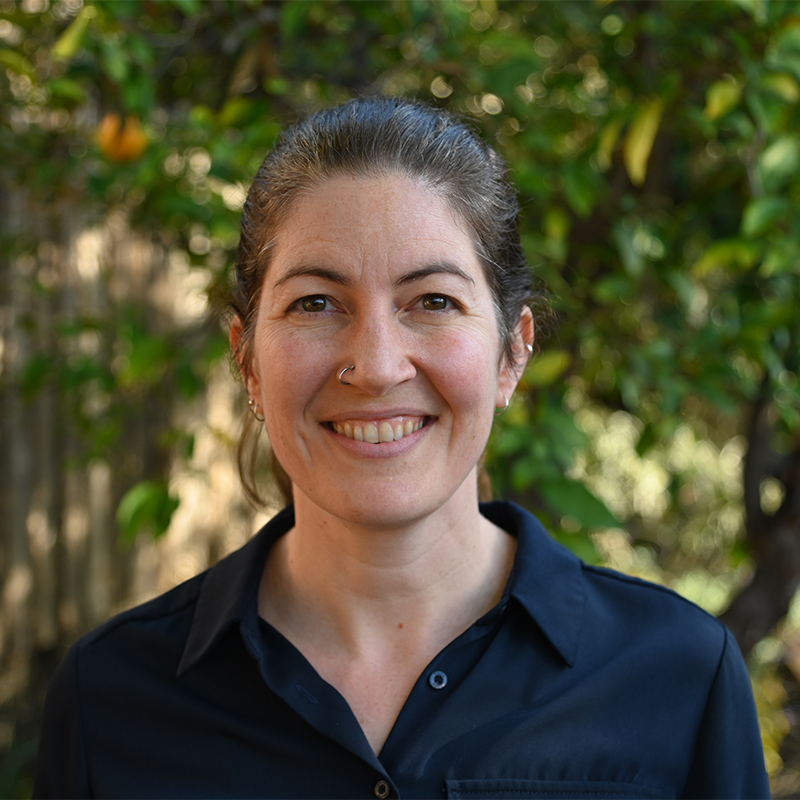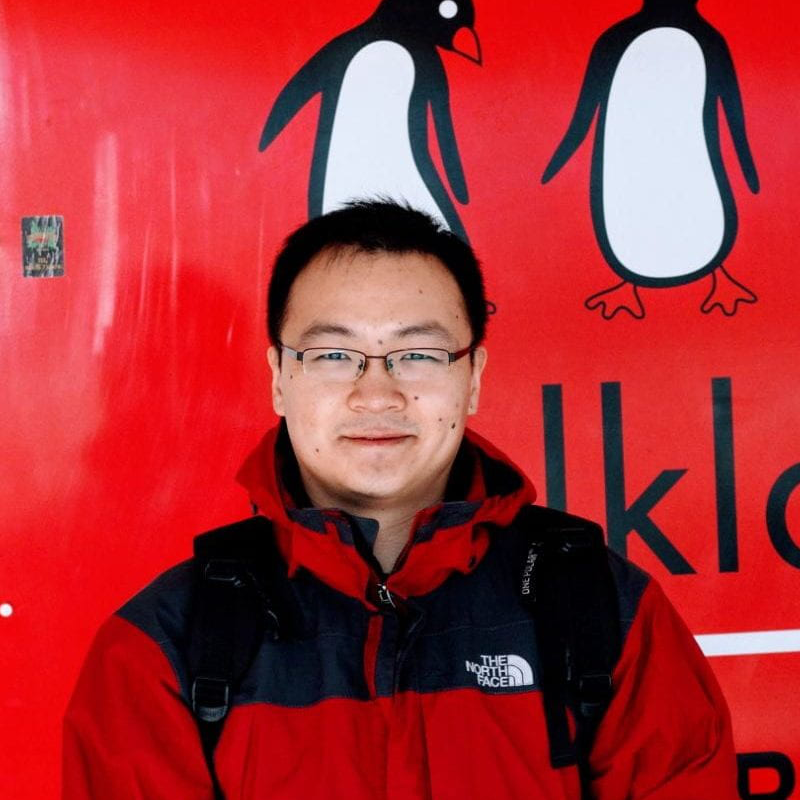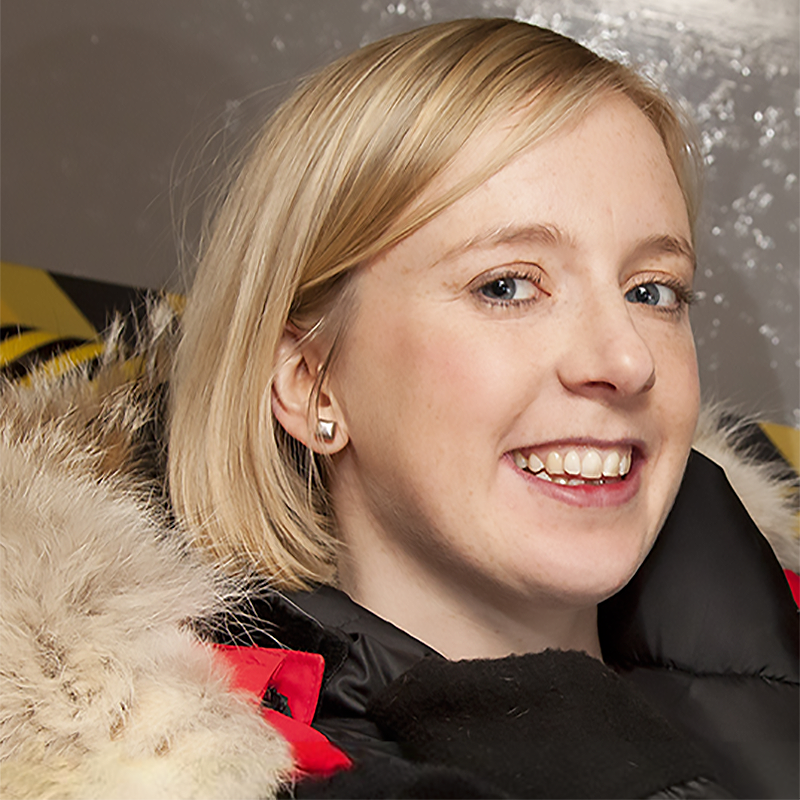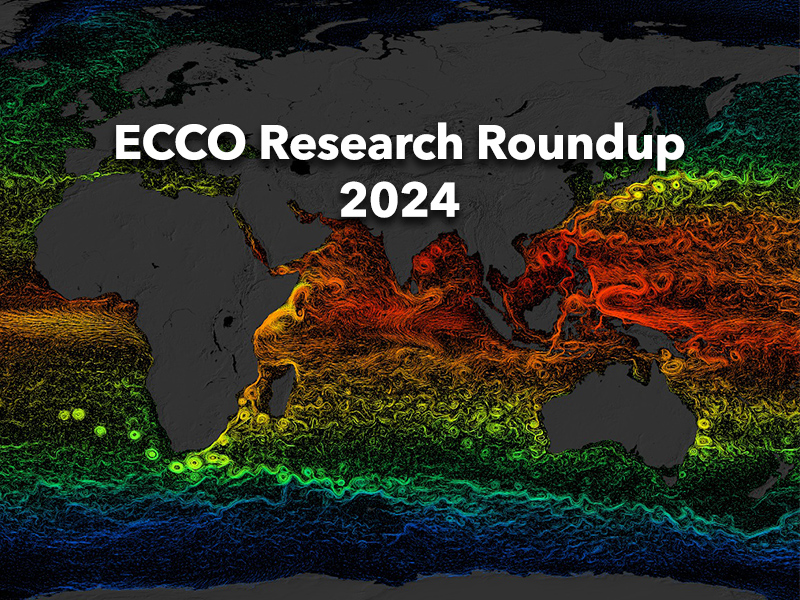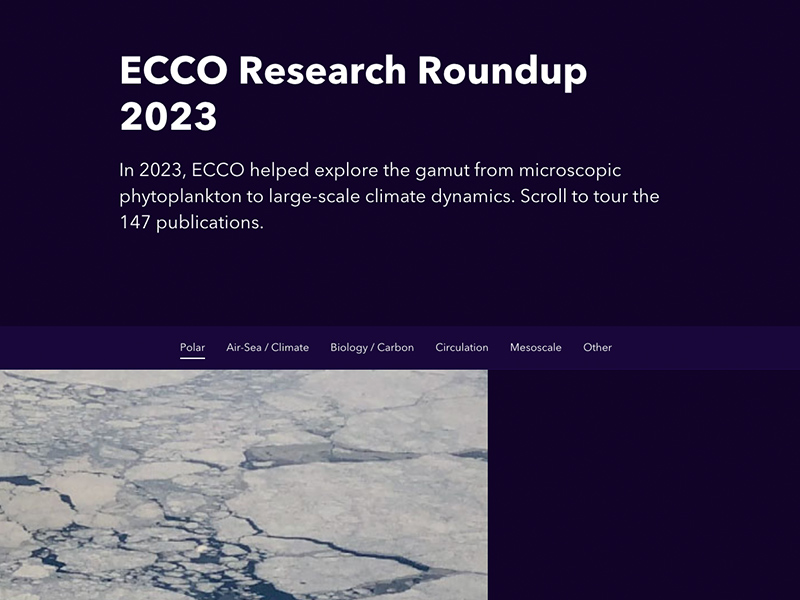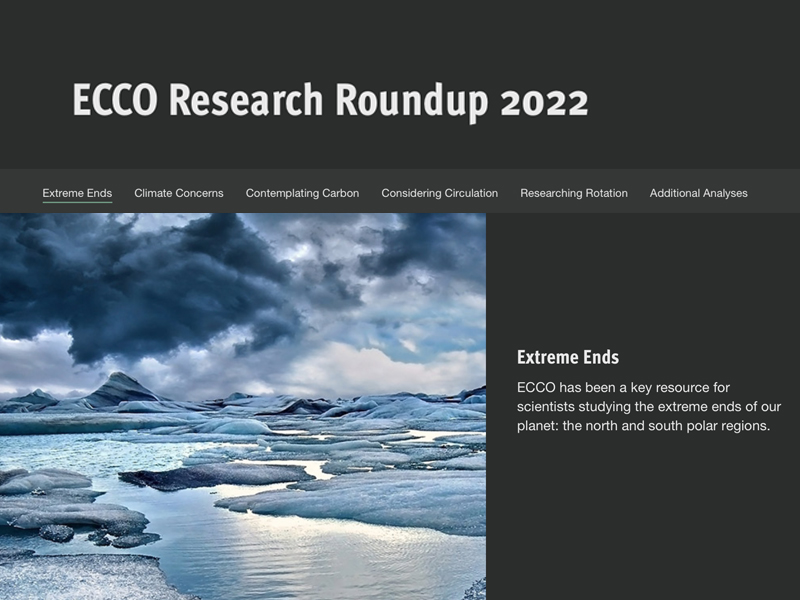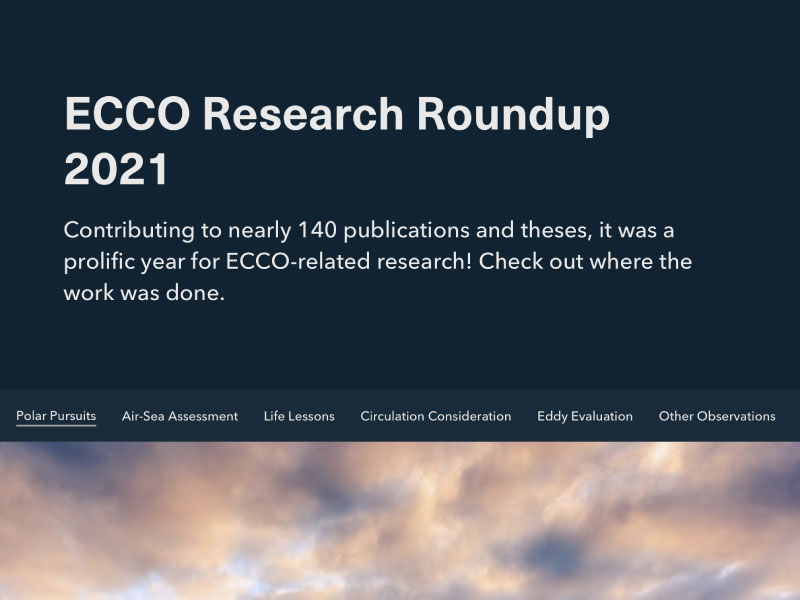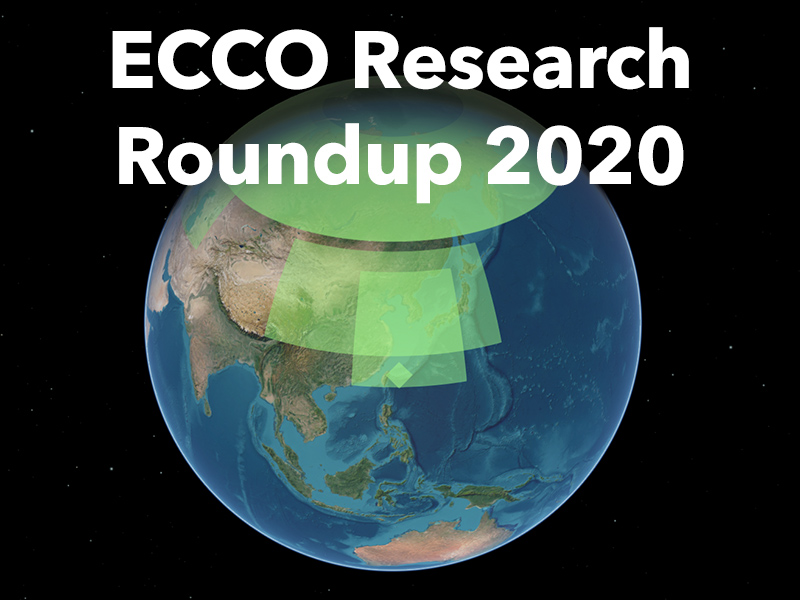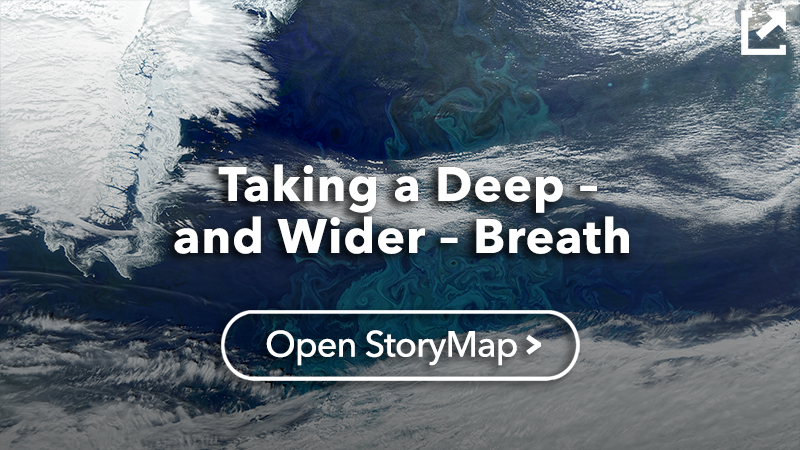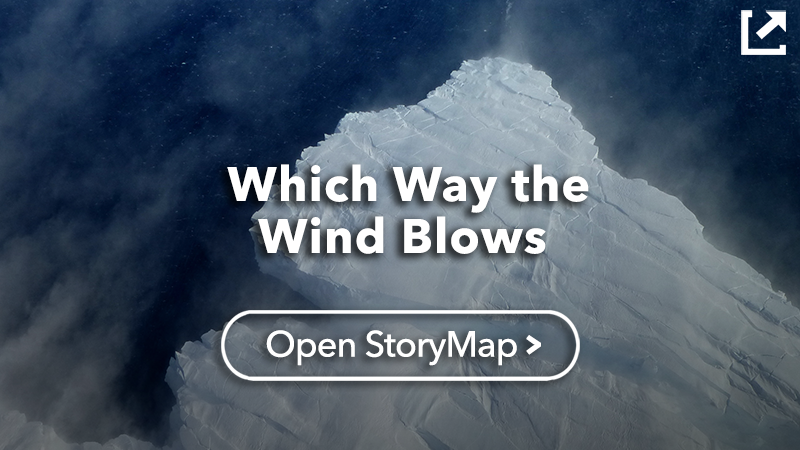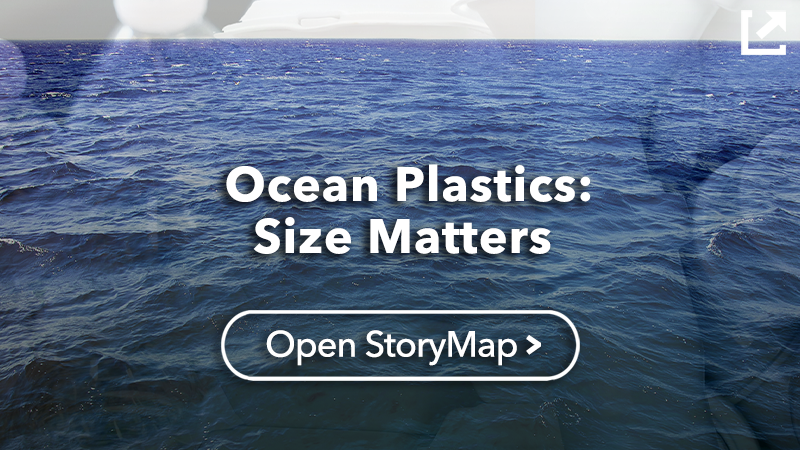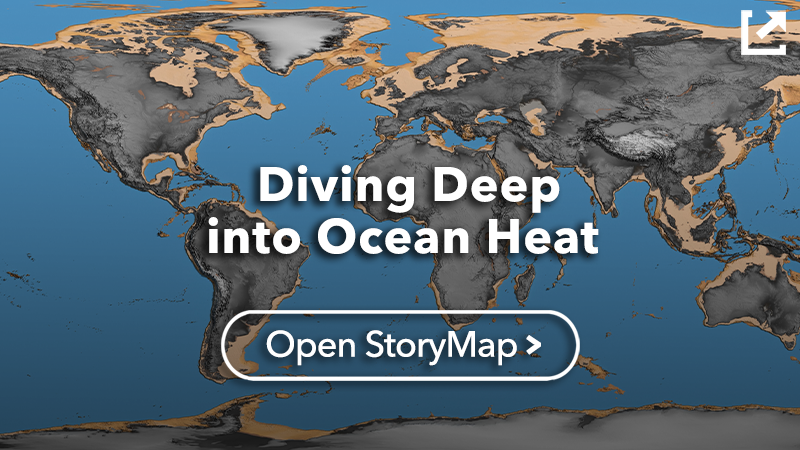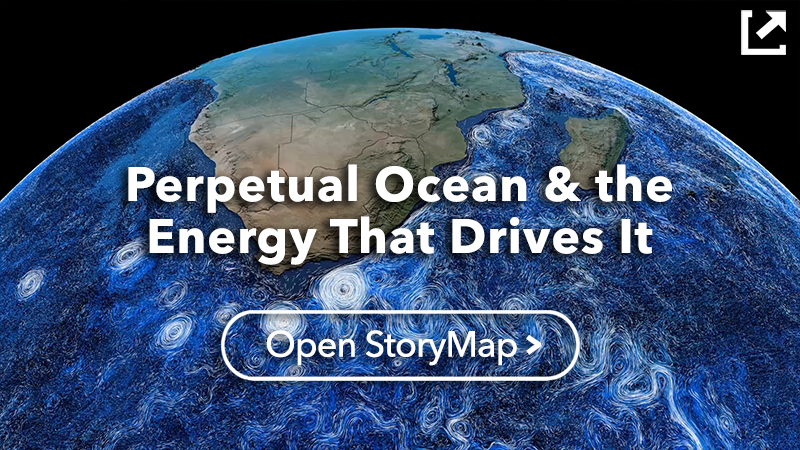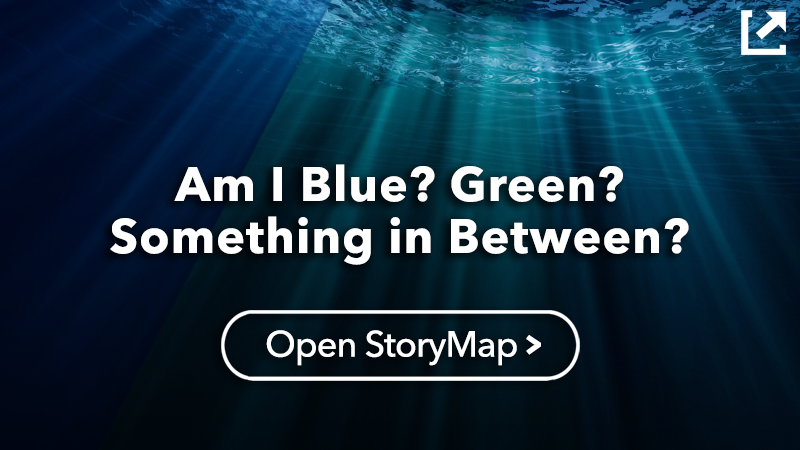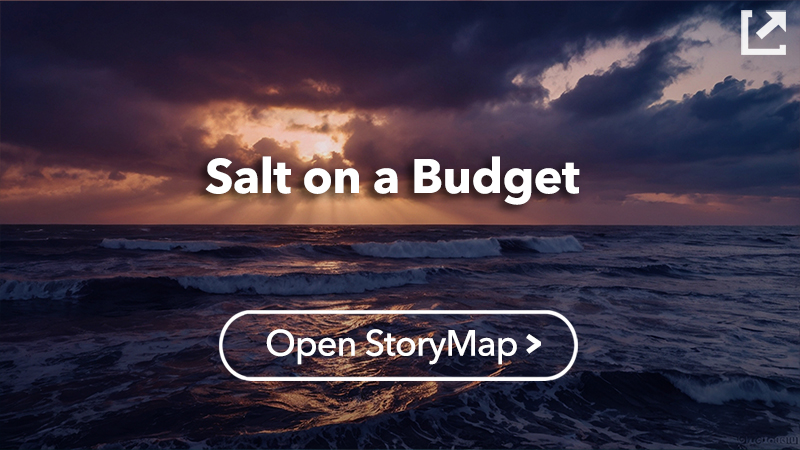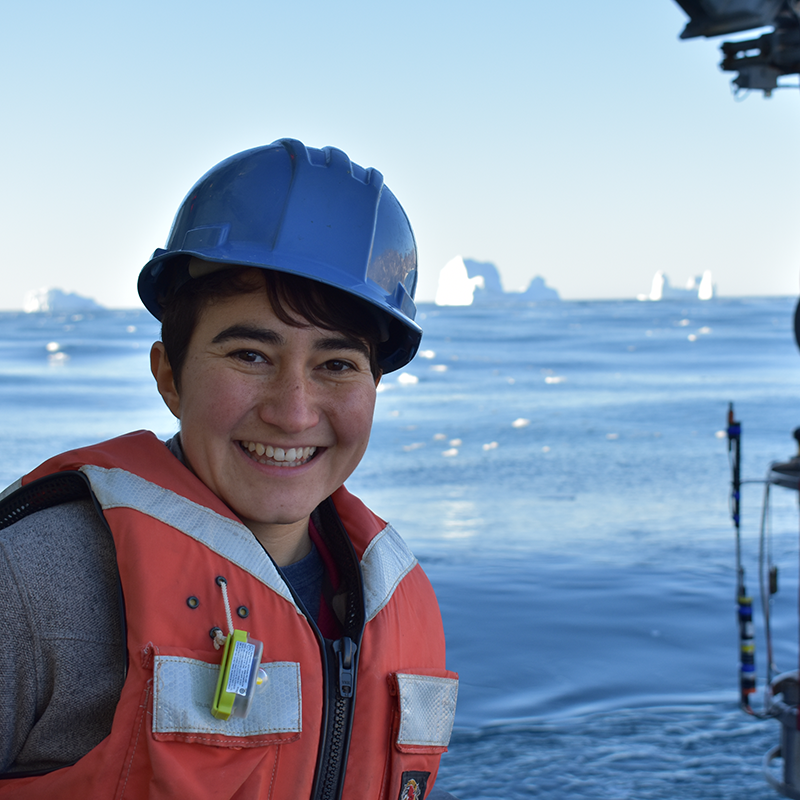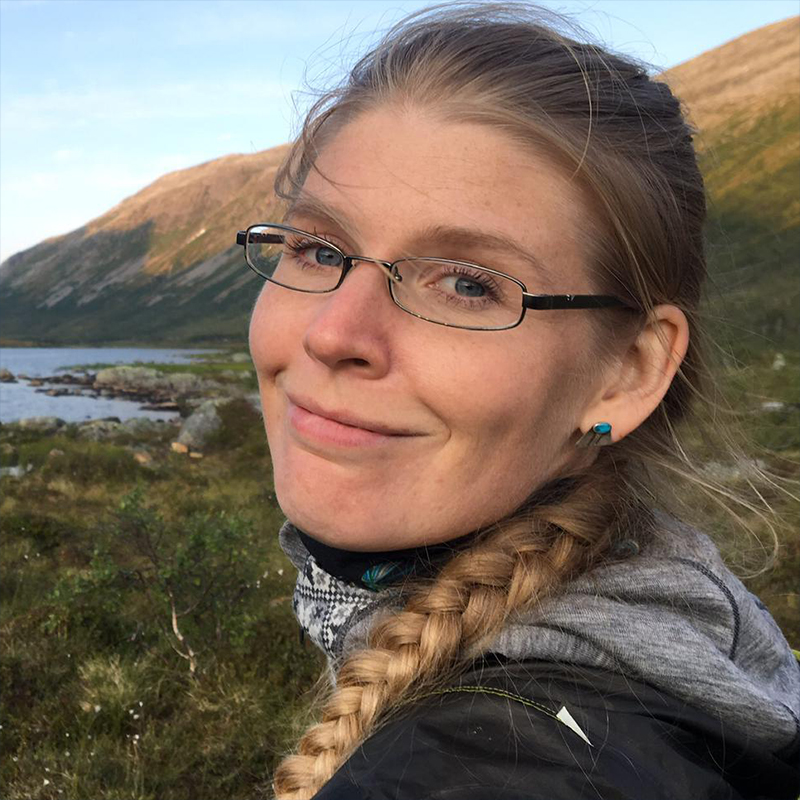How Does Our Ocean "Pass the Salt"? Ask ECCO
Liu, C., Liang, X., Ponte, R., Vinogradova, N., and Wang, O. (2019)
Vertical Redistribution of Salt and Layered Changes in Global Ocean Salinity, Nat. Commun., 10, 3445, doi: 10.1038/s41467-019-11436-x.
When compared to the variable flux of freshwater at the ocean's surface, the amount of dissolved salt in our ocean basins is relatively stable. Thus, understanding changes in salinity is key to estimating the global net freshwater input into our ocean.
MORE »ECCO Helps Debunk the "Ocean Conveyor Belt"
Earth's climate is regulated by the exchange and storage of heat between the ocean and the atmosphere. Thus, it is important to understand the pathways of ocean heat. This includes distinguishing between heat that is exchanged with our atmosphere - potentially warming our climate - and heat that merely circulates within our ocean. Investigators have used ECCO's state-of-the-art, global gridded data product to provide a new perspective on ocean heat transport.
MORE »Cold Water Currently Slowing Fastest Greenland Glacier
Khazendar, A., Fenty, I., Carroll, D., Gardner, A., Lee, C., Fukumori, I., Wang, O., Zhang, H., Seroussi, H., Moller, D., Noël, B., van den Broecke, M., Dinardo, S., and Willis, J. (2019)
Interruption of two decades of Jakobshavn Isbrae acceleration and thinning as regional ocean cools, Nat. Geosci. 12, 277-283, doi: 10.1038/s41561-019-0329-3.
The Jakobshavn Glacier, which has been Greenland's fastest-flowing and fastest-thinning glacier for the last 20 years, is now flowing more slowly, thickening, and advancing toward the ocean instead of retreating farther inland. ECCO was used to help trace this slowdown to a current that carries cold water around the southern tip of Greenland and northward along its west coast.
MORE »Turns Out the "Seven Seas" are Five Ocean Clusters
Unraveling the complexity of our ocean is a daunting task but can be made easier with machine learning techniques that reveal connections in data. Using "K-means clustering" algorithm to identify robust patterns in data, researchers have determined that the dominant physics of the vertically integrated (i.e., top-to-bottom or "barotropic") circulation for about 93% of the global ocean can be categorized into five clusters.
MORE »Using ECCO Estimates for Studies in Geodesy
Quinn, K.J., Ponte, R.M, Heimbach, P., Fukumori, I., and Campin, J.-M., (2018)
Ocean Angular Momentum from a Recent Global State Estimate, with Assessment of Uncertainties, Geophys. J. Int., 216(1), 584-597, doi: 10.1093/gji/ggy452.
The ocean is a key factor in determining and understanding the geodetic properties of the Earth. For example, changes in the oceanic mass field can have important effects on crustal loading. Knowledge of the mean ocean surface circulation and dynamic topography can help determine the marine geoid and the gravity field. And variability in both ocean currents and bottom pressure can affect the Earth's orientation in space.
MORE »A New 20-year Ocean Climatology
Fukumori, I., Heimbach, P., Ponte, R.M., and Wunsch, C. (2018)
A Dynamically Consistent, Multivariable Ocean Climatology, Bull. Am. Meteorol. Soc., 99, 2107-2128, doi: 10.1175/BAMS-D-17-0213.1.
A new 20-year ocean climatology has been created for ocean circulation and climate studies based on the recent ECCO Version 4 release 3 ocean state estimate. In comparison to conventional climatologies based on observations alone, the new ECCO climatology accounts for the very great inhomogeneity with which the ocean has been observed.
MORE »Ocean-induced Melt Triggers Glacier Retreat in Northwest Greenland
Wood, M., Rignot, E., Fenty, I., Menemenlis, D., Millan, R., Morlighem, M., Mouginot, J. & Seroussi, H. (2018)
Ocean-induced Melt Triggers Glacier Retreat in Northwest Greenland, Geophys. Res. Lett., 45(16), 8334-8342. doi: 10.1029/2018GL078024.
In recent decades, tidewater glaciers in Northwest Greenland have contributed significantly to sea level rise but have also exhibited a complex spatial pattern of retreat that remained unexplained. In this new study, NASA's
Oceans Melting Greenland (OMG) data are used in combination with ECCO model outputs to assess the role of the ocean in triggering the retreat of these glaciers.
MORE »Mechanisms of the Recent Decadal Trend of the North Atlantic Ocean Heat Content
Piecuch, C.G., Ponte, R.M., Little, C.M., Buckley, M.W., and Fukumori, I. (2017)
Mechanisms Underlying Recent Decadal Changes in Subpolar North Atlantic Ocean Heat Content, Geophys. Res. Oceans, 122(9), 7181-7197, doi: 10.1002/2017JC012845.
The subpolar North Atlantic (SPNA) reversed trends in ocean heat content from warming during 1994-2004 to cooling over 2005-2015. ECCO V4r3 reveals that this reversal is the result of anomalous horizontal midlatitude gyre circulation acting on the mean temperature gradient, rather than changes in overturning circulation. Results have implications for decadal predictability.
MORE »Coherent Arctic Ocean Bottom Pressure Variations
Fukumori, I., Wang, O., Llovel, W., Fenty, I., and Forget, G. (2015)
A Near-uniform Fluctuation of Ocean Bottom Pressure and Sea Level Across the Deep Ocean Basins of the Arctic Ocean and the Nordic Seas, Prog. Oceanogr., 134, 152-172, doi: 10.1016/j.pocean.2015.01.013.
Across the Arctic Ocean and the Nordic Seas, GRACE and
in-situ observations identified a basin-wide mode of ocean bottom pressure and sea-level fluctuation with spatially near-uniform amplitude and phase. This basin-wide fluctuation is barotropic and dominates the region's large-scale variability from sub-monthly to interannual timescales.
MORE »






















